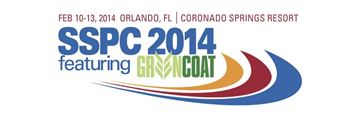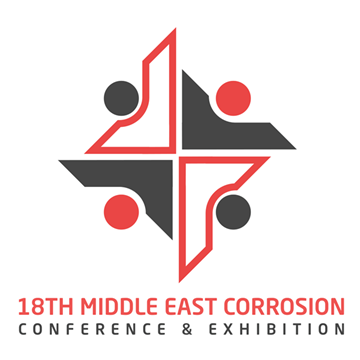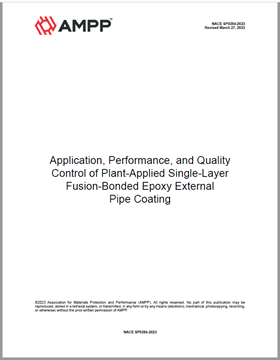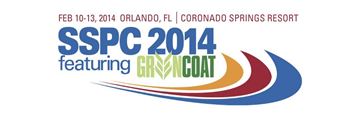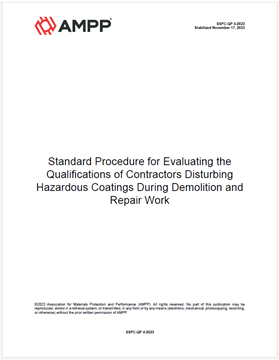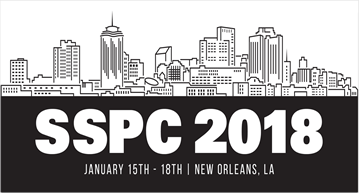Search
Products tagged with 'qualification'
View as
Sort by
Display
per page
51318-11123-Super Martensitic Stainless Steel UNS41426 Bar Manufactured to Optimize Sour Service Performance
Product Number:
51318-11123-SG
Publication Date:
2018
$20.00
Are you Ready to Pursue Today’s Greatest Market Opportunity In the Coatings Industry? Millions of Square Feet of Commercial Walls Need Air Barriers. What do you Need to Know to be a Part of this Emerging Market?
Product Number:
41216-957-SG
Publication Date:
2016
$20.00
Building a Case for Commercial Contractor and Applicator Certifications
Product Number:
41214-861-SG
Publication Date:
2014
$20.00
Development and Implementation of High-Pressure Large-Diameter RTR Pipe Systems for Oil and Gas Transmission Pipelines
Product Number:
MECC23-20061-SG
Publication Date:
2023
$20.00
NACE SP0394-2023, Application, Performance, and Quality Control of Plant-Applied Single-Layer Fusion-Bonded Epoxy External Pipe Coating
Product Number:
NACE SP0394-2023
Publication Date:
2023
$109.00
NACE SP0495-2023, Qualifying Personnel as Abrasive Blasters and Coating and Lining Applicators in the Rail Industry
Product Number:
NACE SP0495-2023
Publication Date:
2023
$109.00
Regulatory Update: Current and Emerging Trends in Occupational and Environmental Health
Product Number:
41214-828-SG
Publication Date:
2014
$20.00
SSPC-QP 4-2023, Standard Procedure for Evaluating the Qualifications of Contractors Disturbing Hazardous Coatings During Demolition and Repair Work
Product Number:
SSPC-QP 4-2023
Publication Date:
2023
$109.00
The History of Protective Coating Use in- US Nuclear Power Plant
Product Number:
51218-165-SG
Publication Date:
2018
$20.00
Tungsten Carbide High Velocity Thermal Spray Coatings in the Oil & Gas Industry
Product Number:
51216-006-SG
Publication Date:
2016
$20.00



